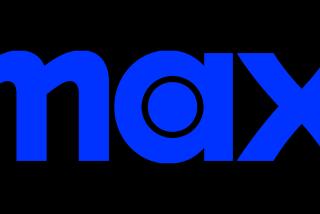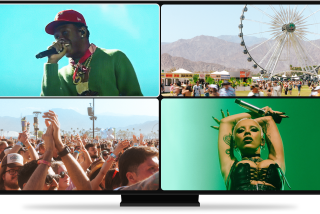YouTube shifting to more free content to attract ad buyers looking for young viewers
YouTube is making the case to advertisers that it can be more like TV in reaching consumers.
The Google-owned video streaming service announced Thursday night at its annual presentation to ad buyers — known as the “Brandcast” — that it will make all of its original produced series available free to viewers with commercials, similar to the rest of the content on the site. Some of its original programs were running ad-free behind an $11.99-a-month subscriber pay wall.
YouTube has seen continued growth among younger viewers, making it a more attractive option for advertisers. Citing Nielsen data from May 2018, YouTube said it reached more 18-to-19-year-olds than all ad-supported cable TV networks combined.
“Creators are driving record audiences to YouTube,” YouTube Chief Business Officer Robert Kyncl told the presentation audience gathered at Radio City Music Hall in Manhattan. “Two hundred million people come to YouTube every single day just to watch gaming videos. That’s twice the audience of this year’s Super Bowl.”
The presentation featured comments from advertising executives who said YouTube was a necessity in an age when younger viewers are spending less time watching traditional television.
“YouTube helps us to reach audiences we can’t with TV,” said Alison Lewis, global chief marketing officer for consumer products company Johnson & Johnson.
The YouTube platform is still scary for some companies that fear their commercials will inadvertently end up next to unsavory or politically controversial content posted by users of the site.
Calming those fears was the thrust of YouTube President Susan Wojcicki’s address to the Madison Avenue crowd last year. She briefly raised the issue again Thursday, saying the company remains vigilant in its efforts to create a safe environment for their brand messages.
“Let me be very clear, living up to our responsibility is my No. 1 priority,” Wojcicki said. “And we are making significant progress.”
YouTube executives also said the company will keep the focus of its original programming efforts on unscripted series, how-to or “learning” series, music and special live events that are a friendly environment for advertisers. It will move away from the more expensive original scripted series launched in recent years, although several of those programs were renewed for new seasons.
The presentation prominently featured YouTube’s homegrown stars, including Los Angeles-based crafts maven Laura Riihimaki, who goes by LaurDIY and aspires to be the millennial Martha Stewart. Many YouTubers have found wider fame by uploading videos that went viral, including Dude Perfect, a group of young Texas college pals who gained fame through their basketball stunt videos. The group is now popular enough to embark on a national tour across 20 U.S. cities and will also be the subject of an exclusive YouTube documentary.
Celebrities are also continuing to sign up for YouTube projects. Comedian Tiffany Haddish was on hand to talk about the launch her own channel that is devoted to celebrity home organizing, cooking and gardening. She comes to the site as a devoted fan of its how-to video content.
“I can do anything because of YouTube,” Haddish told the audience. ”I think it’s the most awesome thing in the world.”
YouTube also announced a “top secret” project with pop star Justin Bieber that will premiere next year. No details were revealed, but it will be a homecoming for Bieber, who launched his singing career as a YouTube star and remains one of the most popular attractions on the site.
Spending on digital video advertising is expected to reach $4.39 billion in 2019, an increase of 19.6% over 2018, according to research firm EMarketer, with YouTube getting a majority share of that pie. The firm said YouTube brought in about $3.4 billion in ad revenue last year.
More to Read
Inside the business of entertainment
The Wide Shot brings you news, analysis and insights on everything from streaming wars to production — and what it all means for the future.
You may occasionally receive promotional content from the Los Angeles Times.











